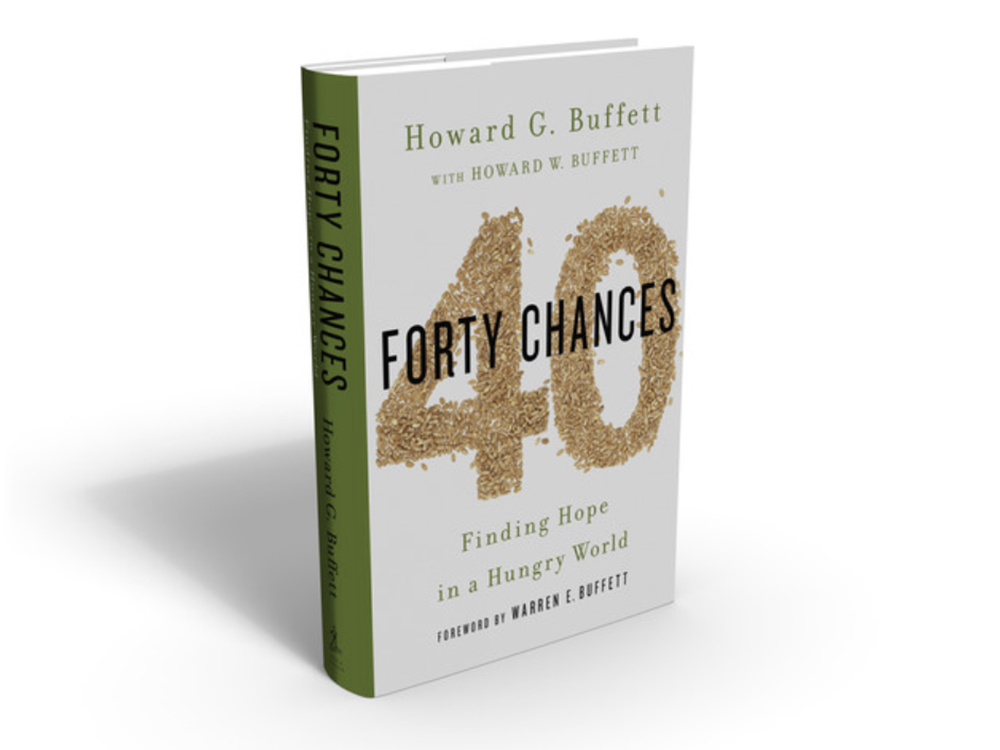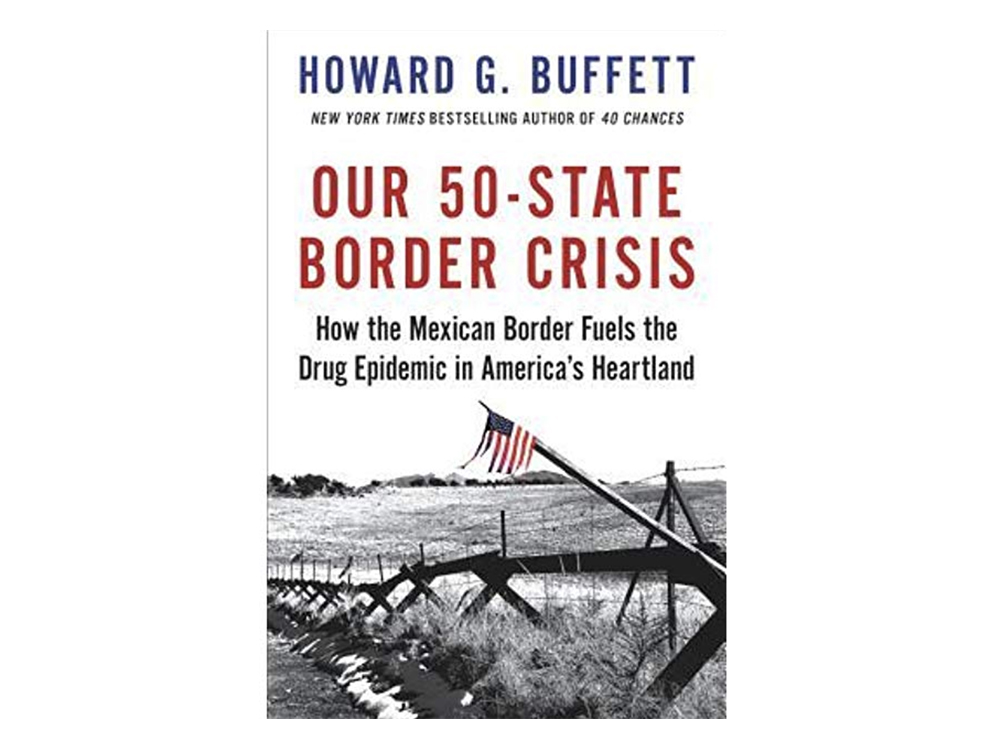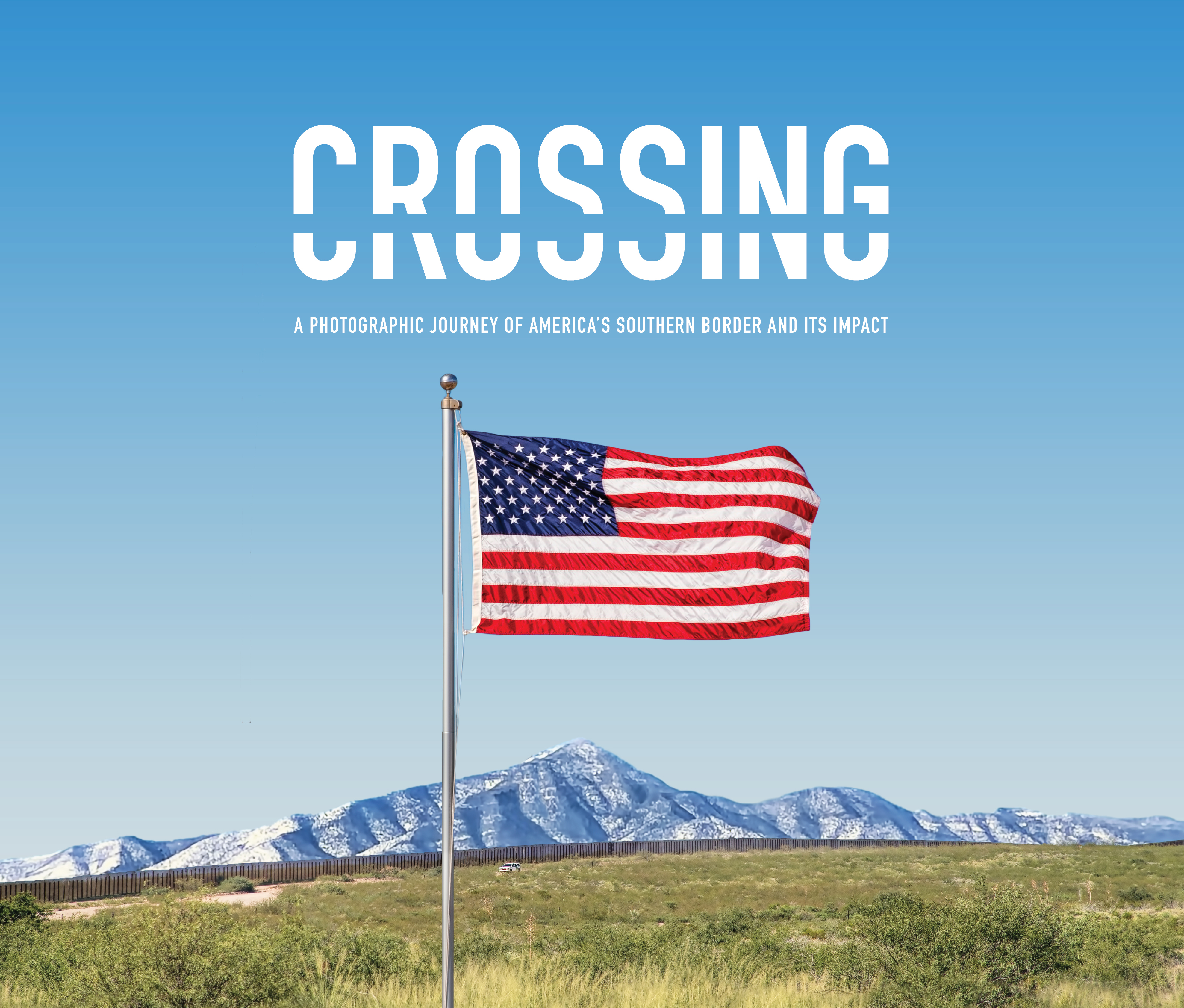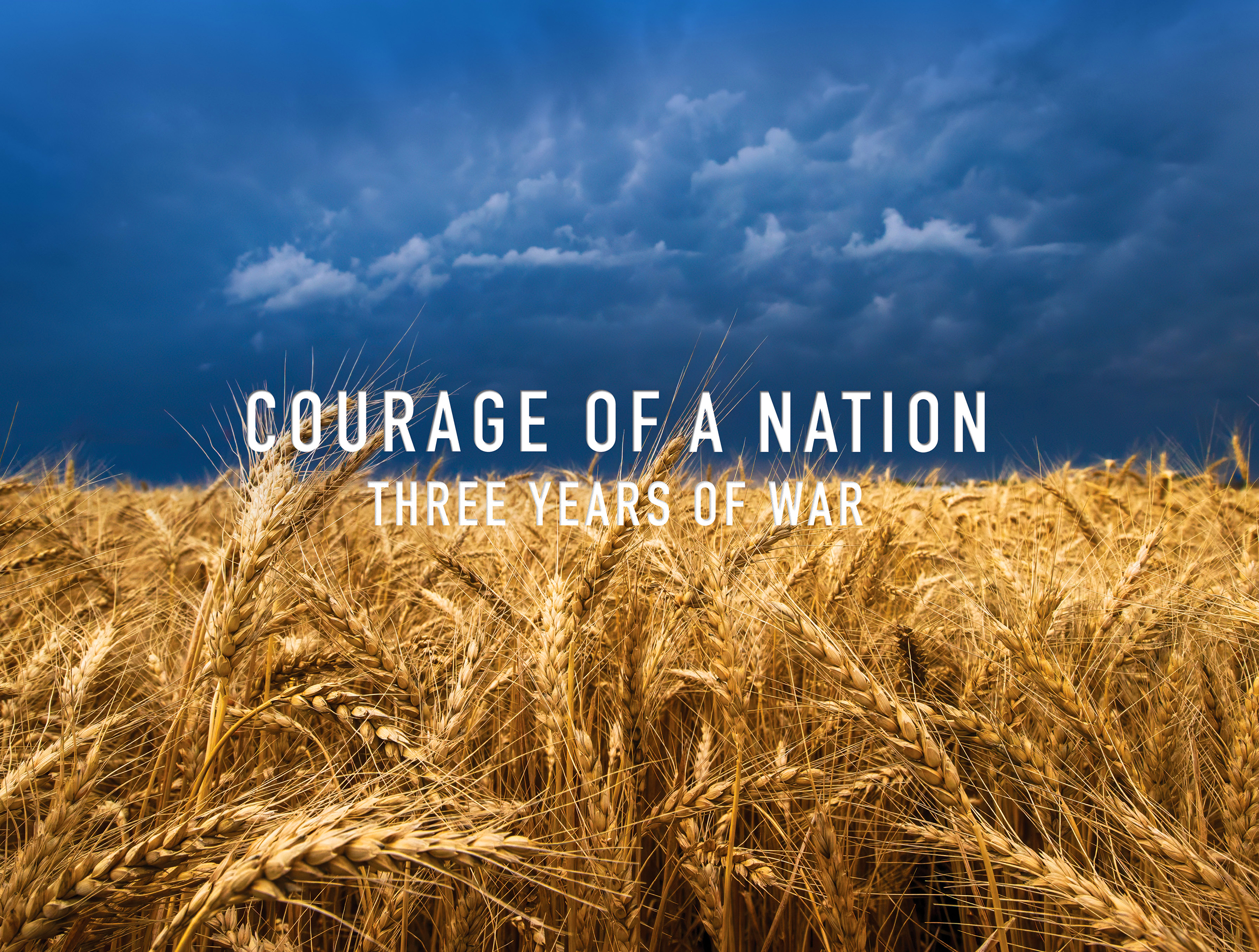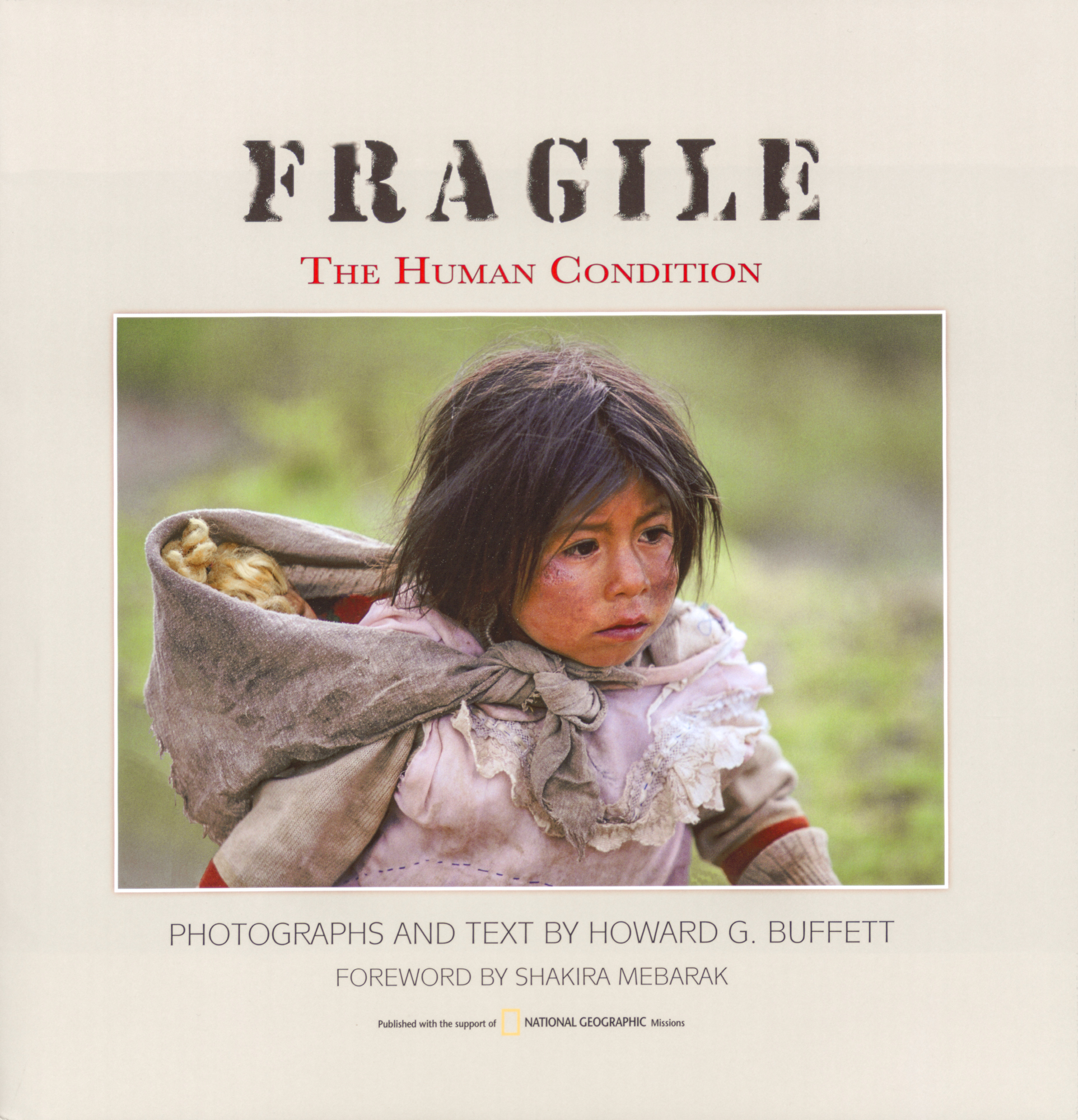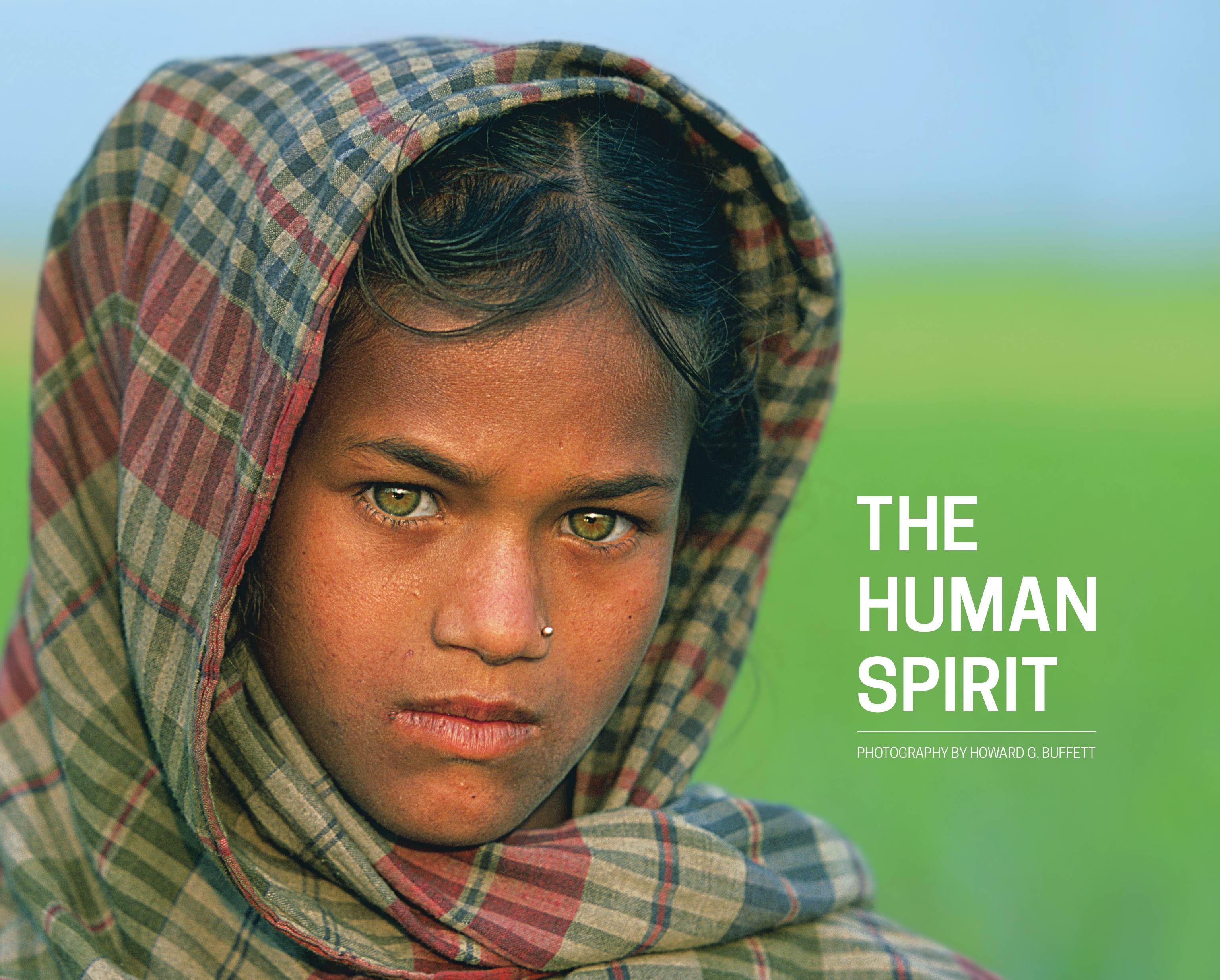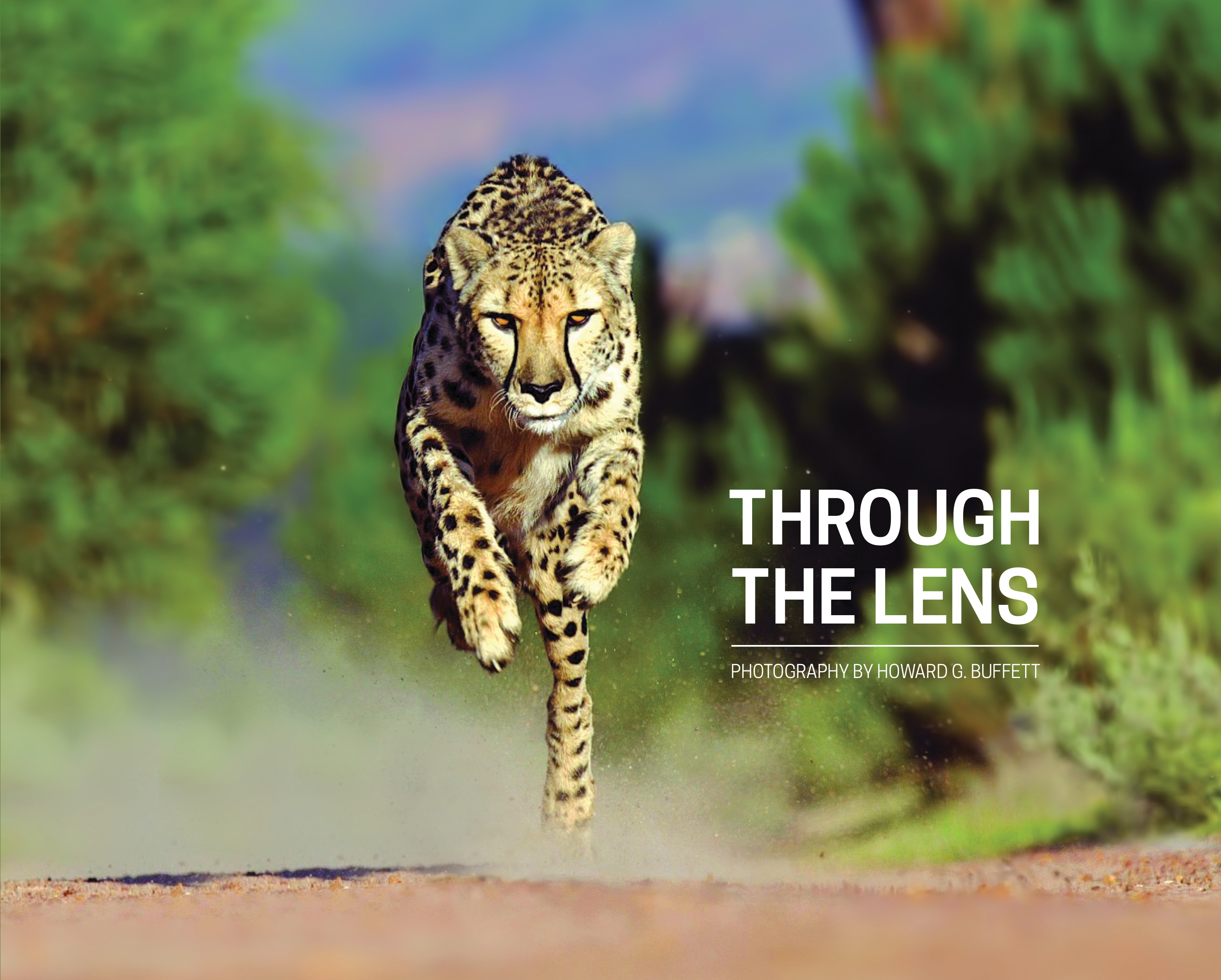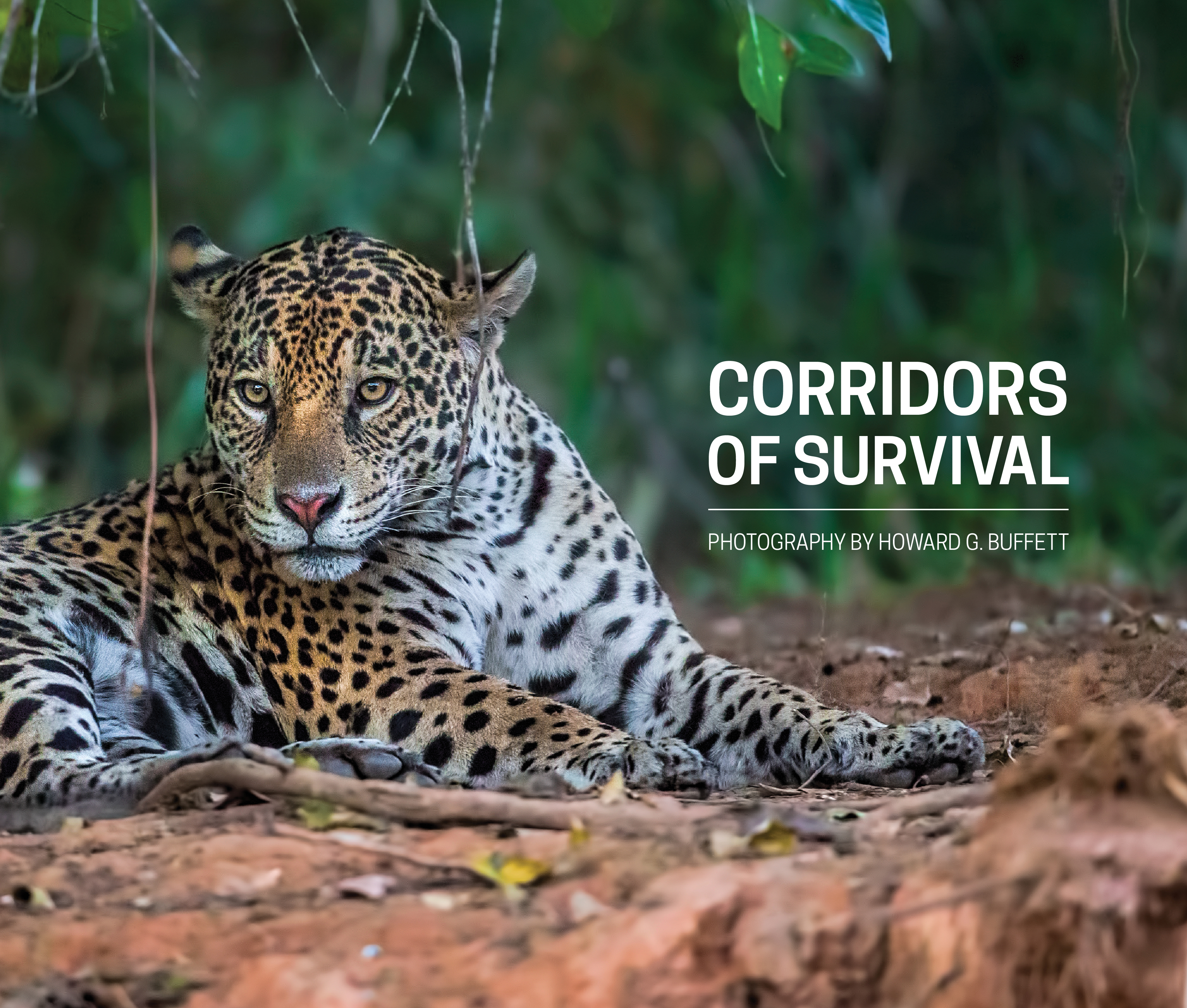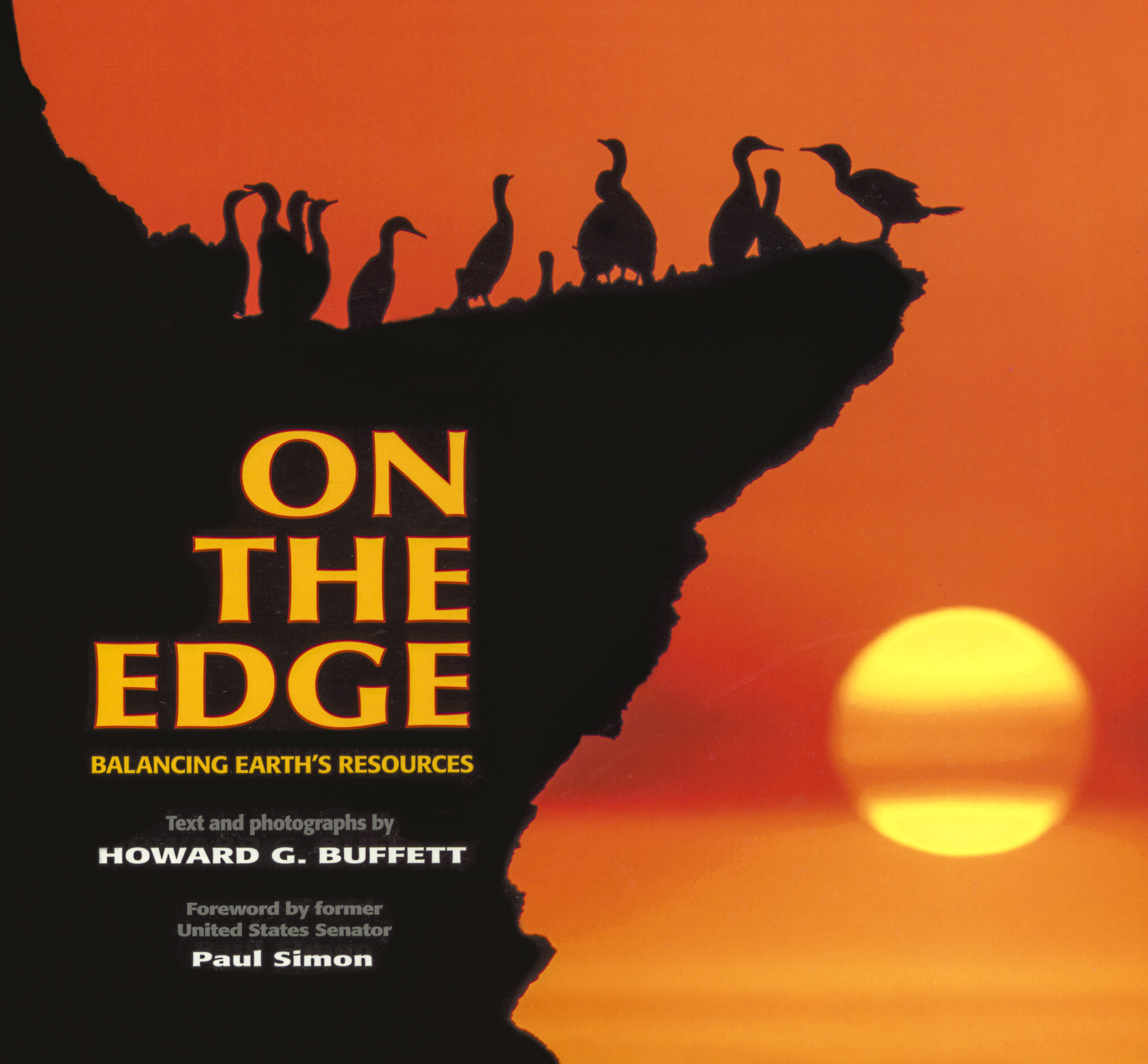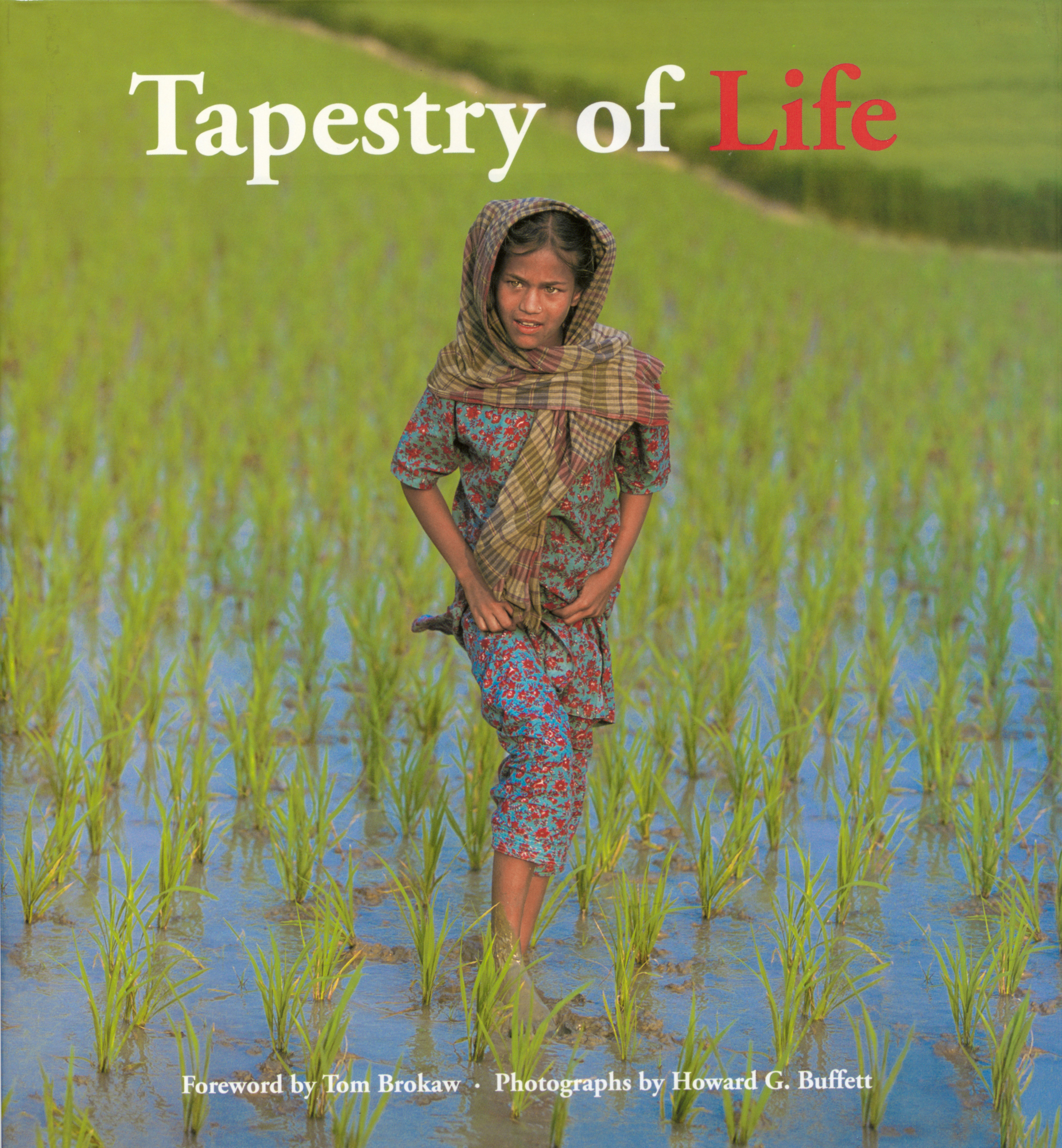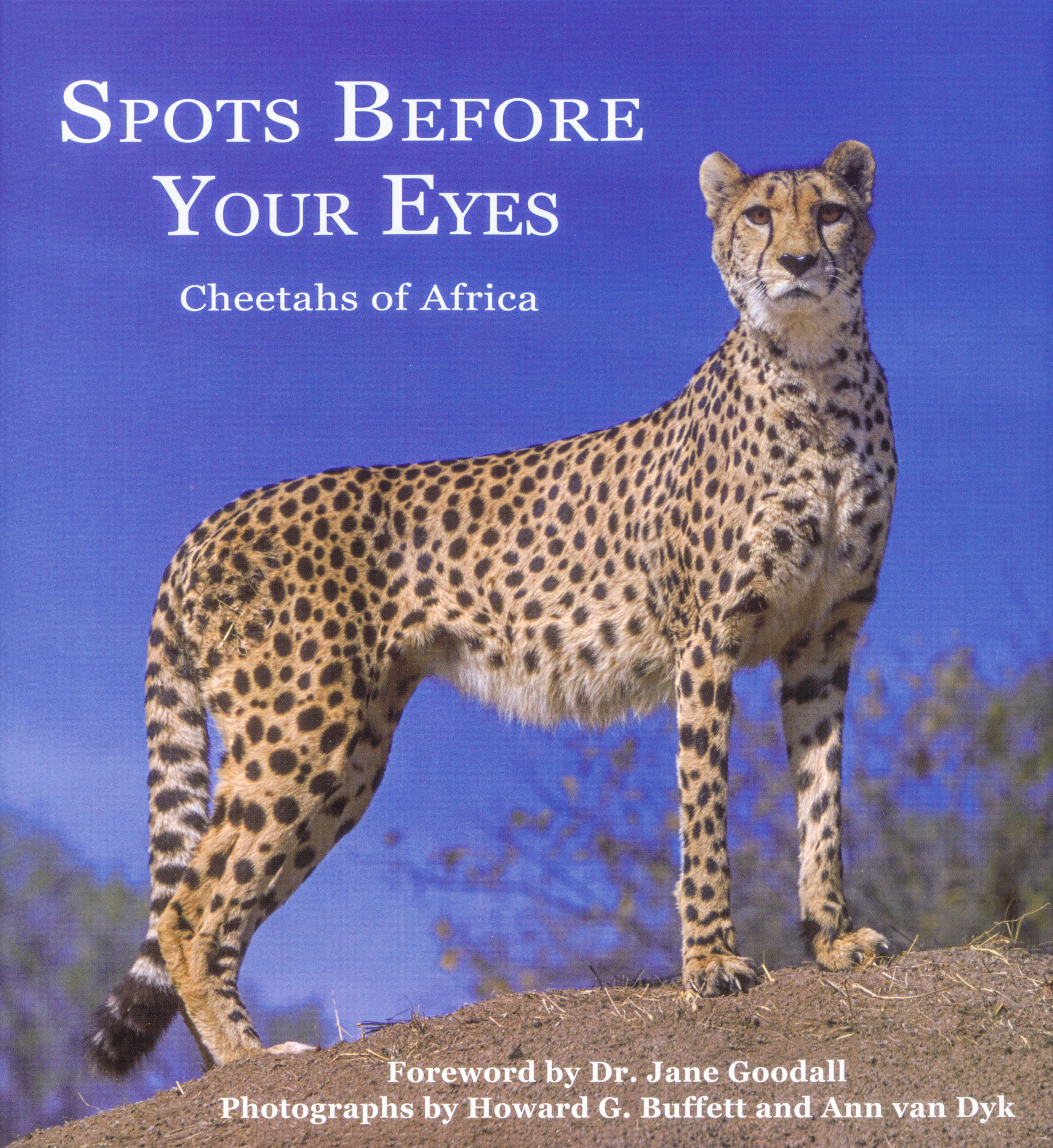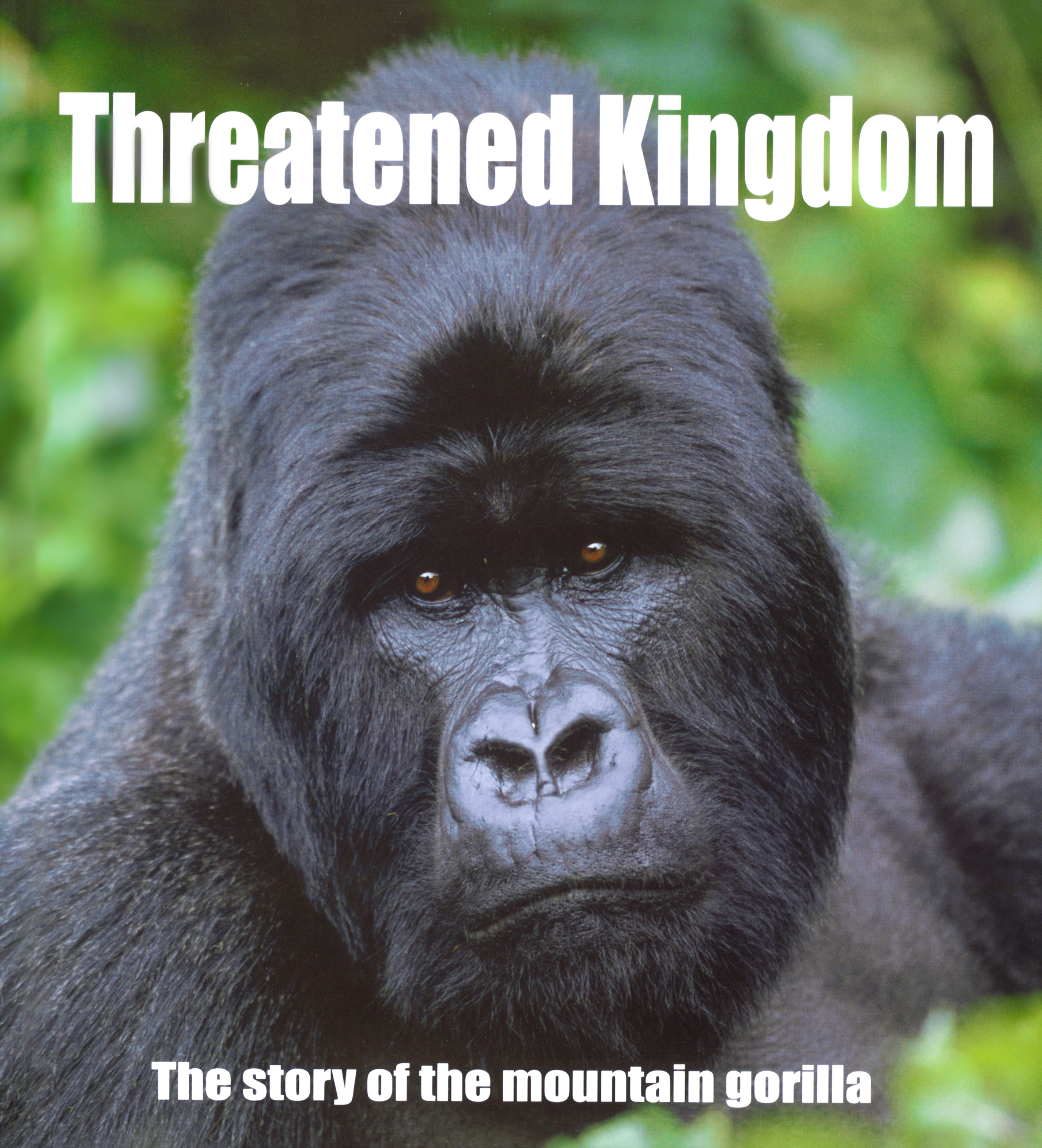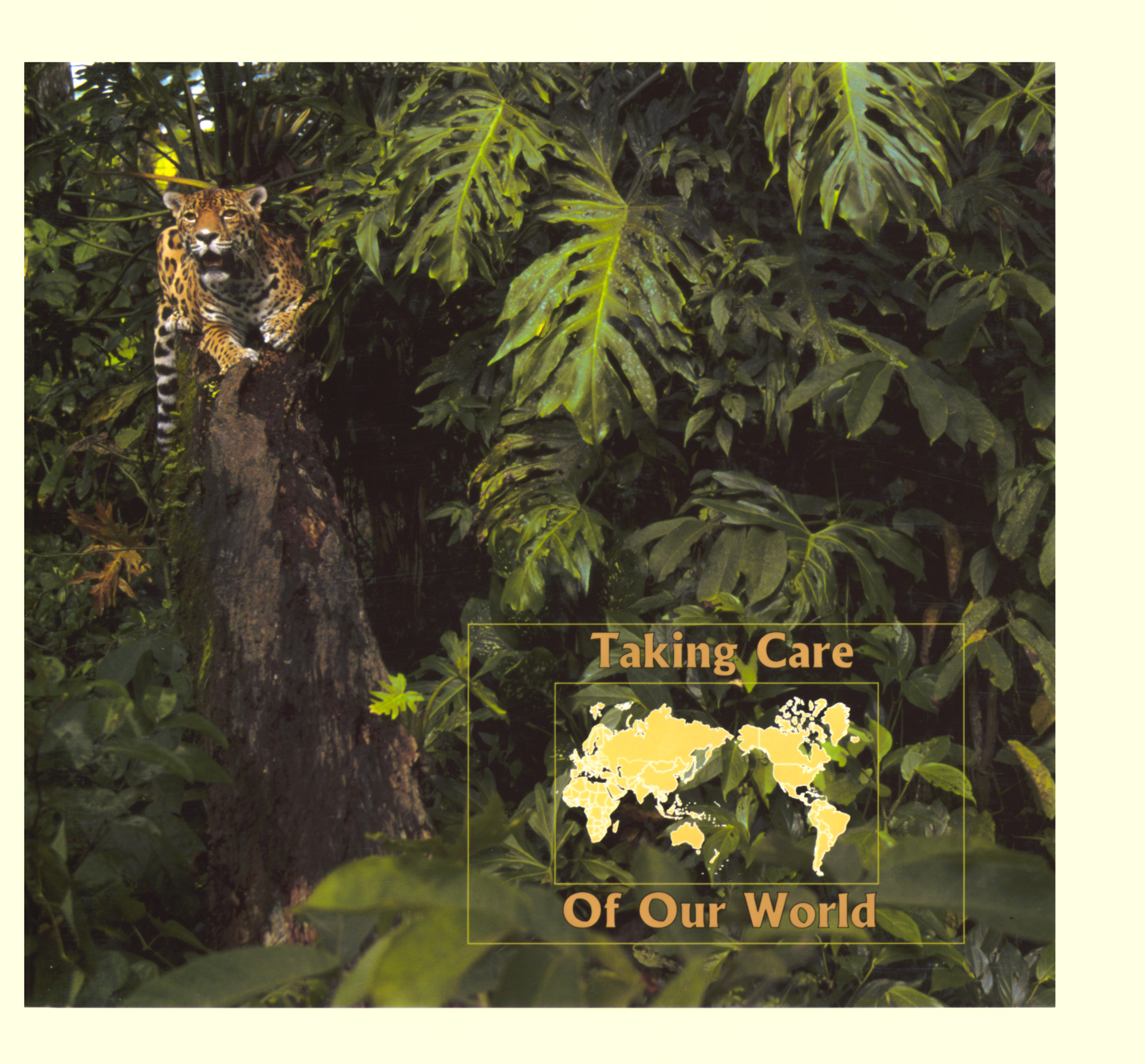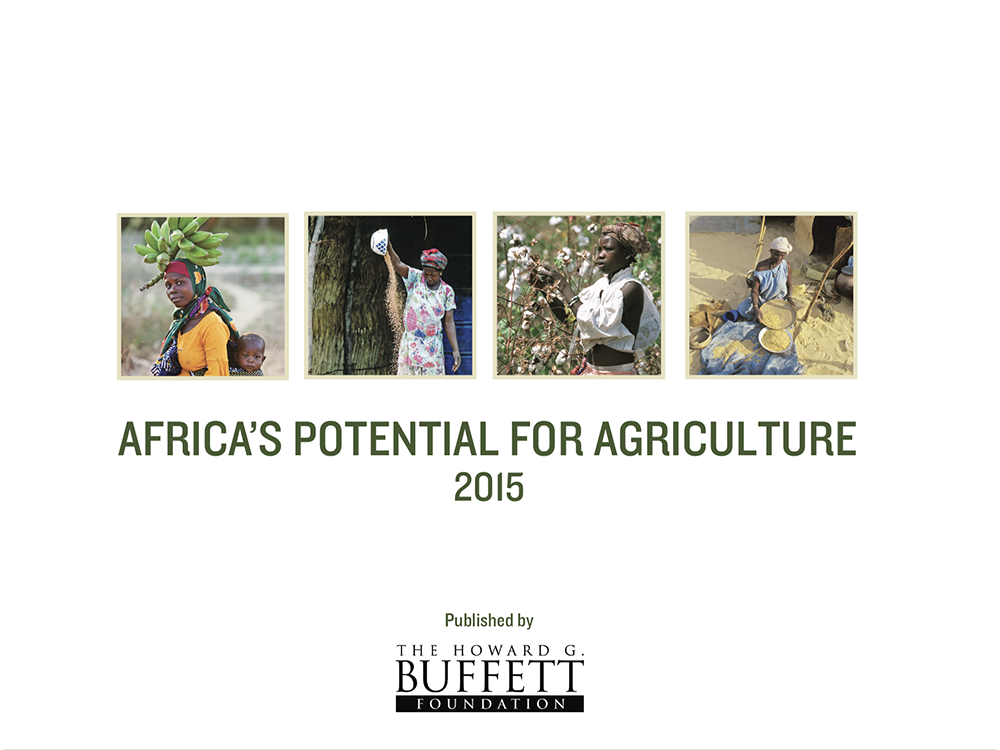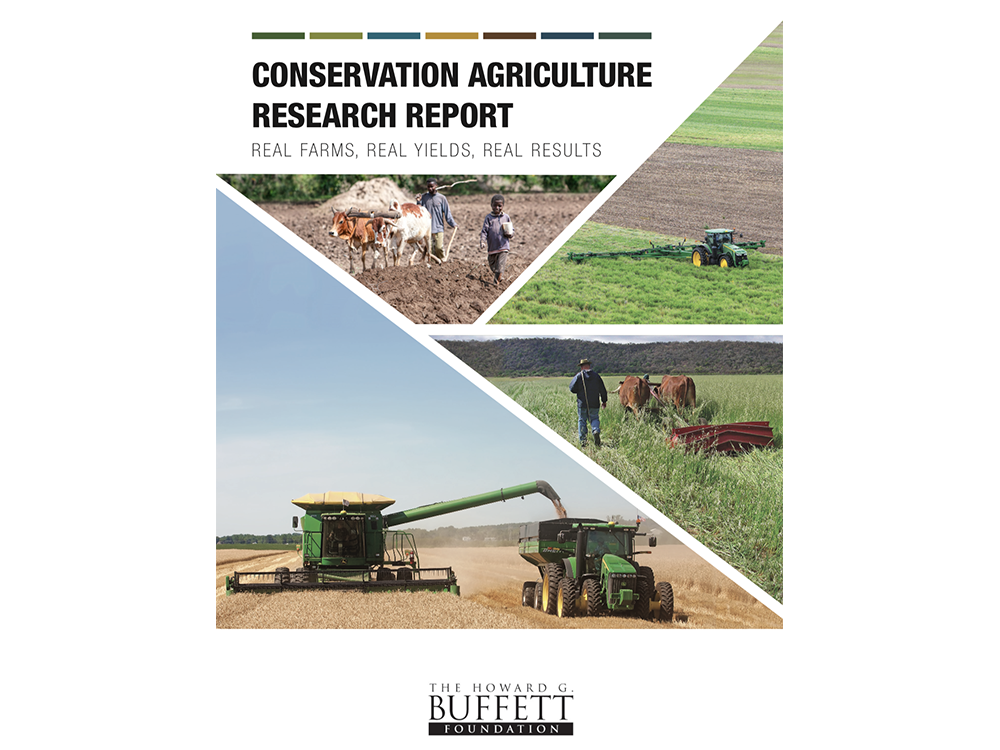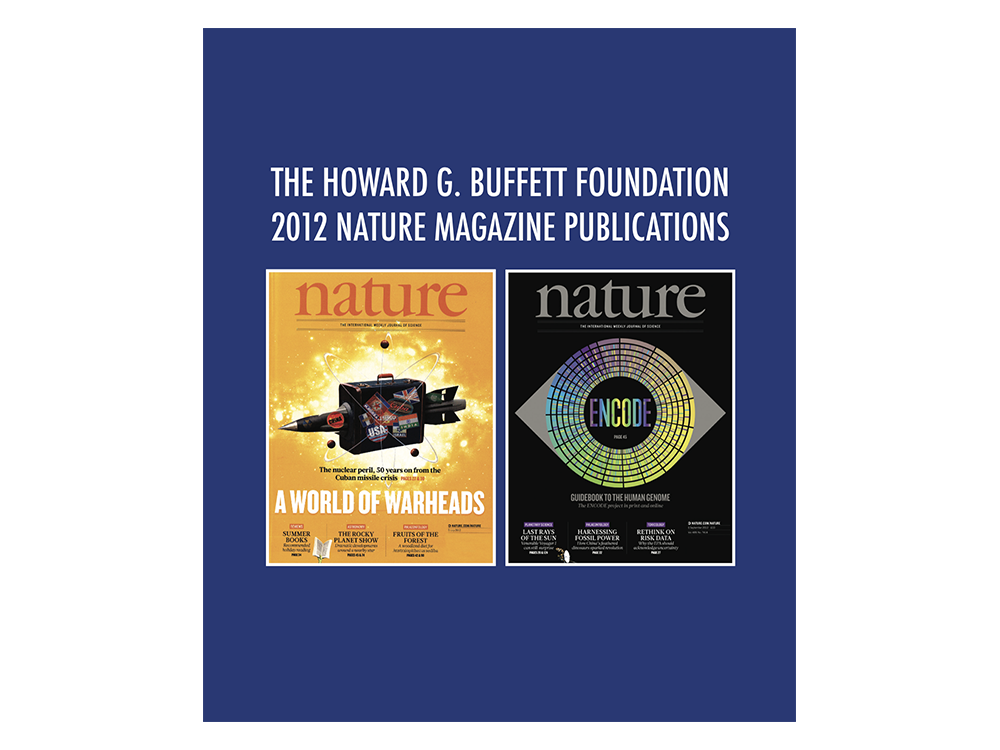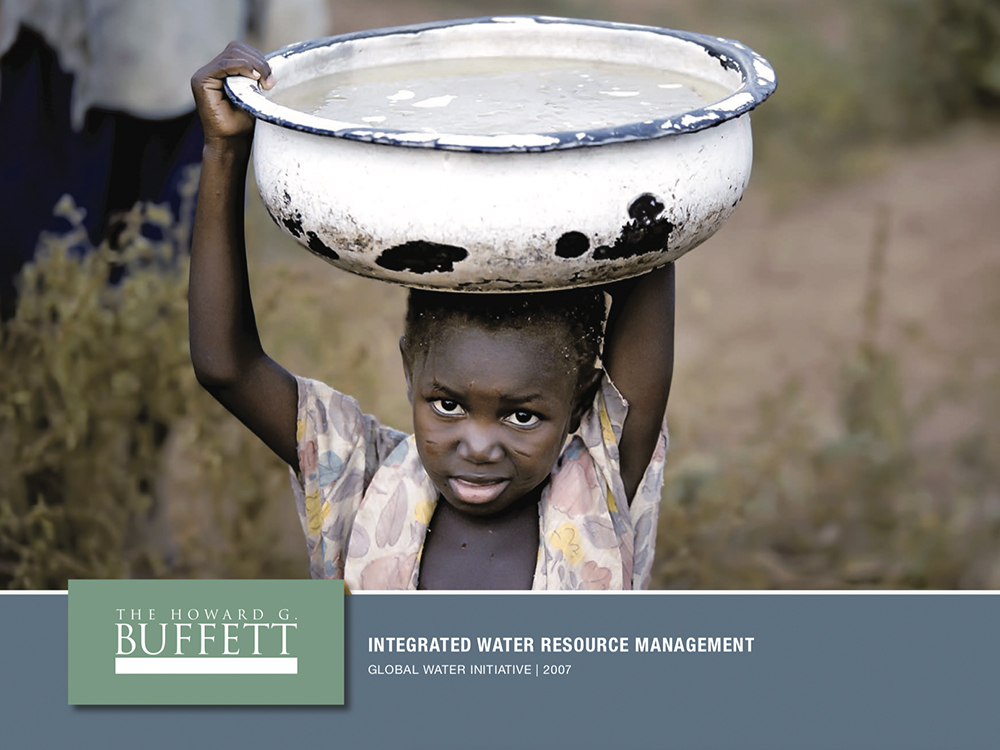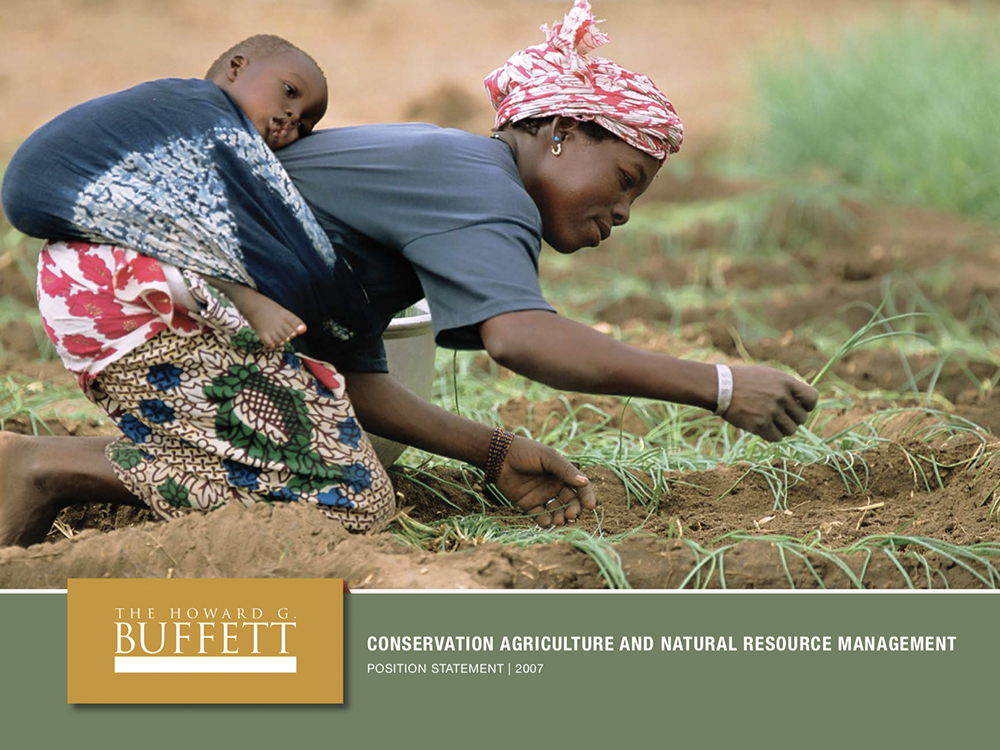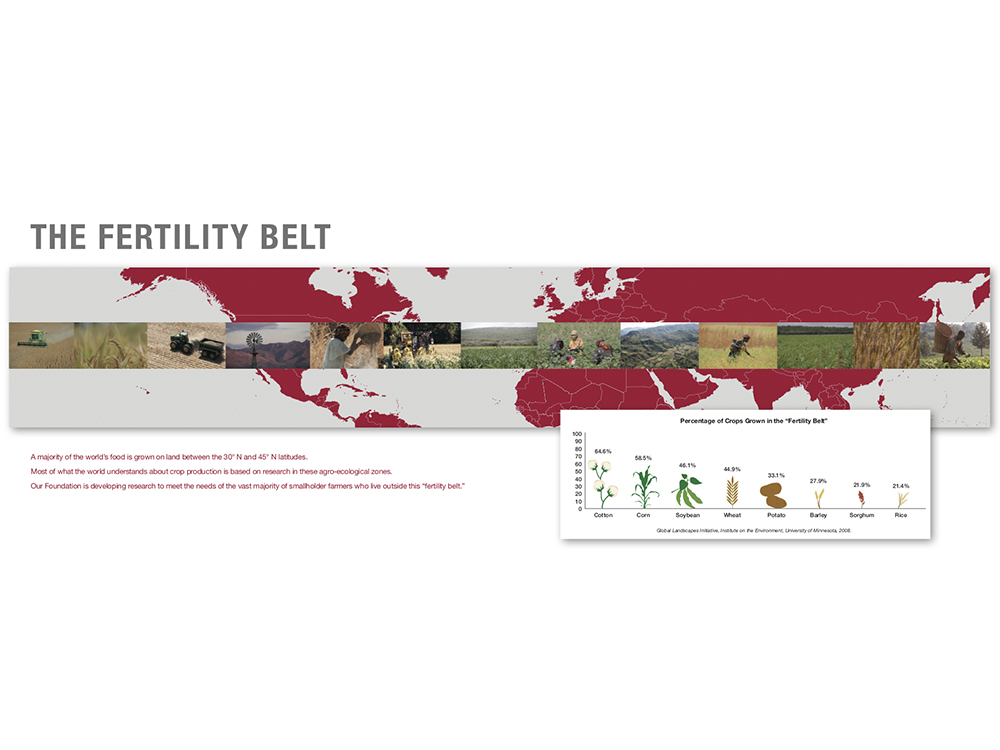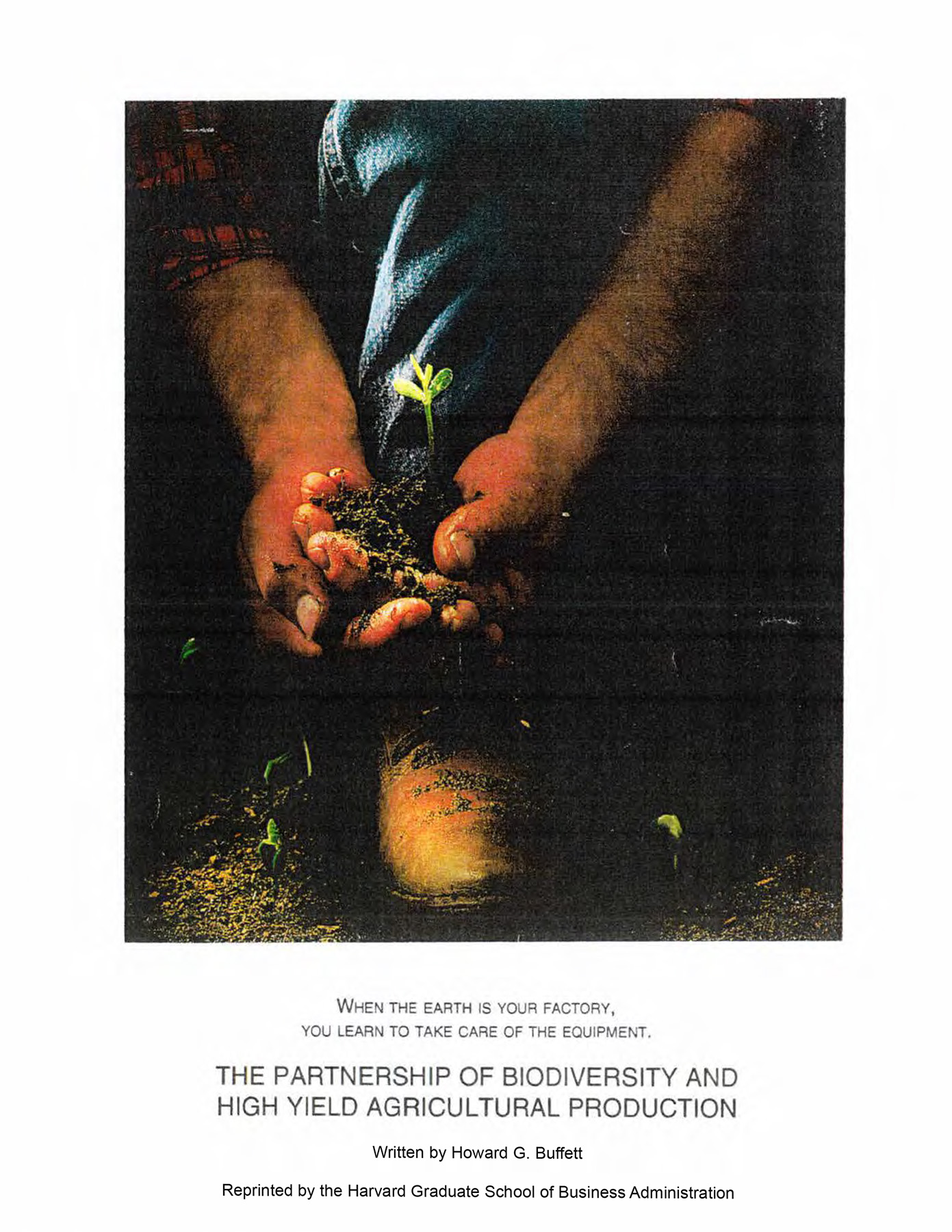Media
Videos
Transforming Agriculture in Rwanda
“Transforming Agriculture in Rwanda” showcases our support for smallholder-led agricultural development in Rwanda, working in close partnership with the government. It features our large-scale investments in creating the Rwanda Institute for Conservation Agriculture (RICA) and the Nasho Irrigation Cooperative (NAICO), a 63-center pivot irrigation project owned and managed by 2,000 local farmers in Rwanda’s drought-prone Eastern Province.
Investing in Rwanda
“Investing in Rwanda” provides an overview of Rwanda’s support for conservation and sustainable economic development through tourism and how the Howard G. Buffett Foundation is supporting those efforts.
Catalyzing Peace in Eastern D.R.C.
“Catalyzing Peace in Eastern DRC” documents our grantmaking approach in eastern Congo: to invest in Virunga National Park and its surrounding communities in the midst of active conflict as a way to promote peace and provide local communities with opportunities to rebuild, prosper, and hopefully reduce the risk of future conflicts.
Photo Galleries
Beautiful Day
Streets
Volunteers
Walk On
Courage of a Nation
Key Publications
40 Chances
40 Chances is the story of how Howard’s approach to philanthropy began and evolved when his father challenged him to put more than $3 billion to work to help the world’s most vulnerable people. Howard shares his journey through 40 stories of hard lessons learned and what keeps him hopeful.
Our 50-State Border Crisis
A myth-busting perspective about the U.S.-Mexico border, where drug smuggling and migrant crossings play out every day, and how devastating poverty and cartel violence in Mexico and Central America spur migration. Our 50-State Border Crisis outlines a realistic, effective, and bipartisan approach to fighting cartels, strengthening our national security, and tackling the roots of poverty and violence south of the U.S. border.
Crossing: A Photographic Journey of America’s Southern Border and Its Impact
Americans have strong and polarizing views on immigration, border security and drug use in the United States. Each problem poses its own unique challenges, but they are interrelated issues that require a comprehensive understanding and solution. The images in Crossing reflect three decades of Howard’s work and photography covering irregular migration into the U.S., border security and the cross-border drug trade, both in the United States and from the countries of origin south of our border. The Foundation has worked on these issues for over 20 years.
Courage of a Nation
Courage of a Nation documents the first three years of war in Ukraine following Russia’s full-scale invasion in February 2022, and showcases a compilation of the thousands of images Howard has captured over the 17 trips he has taken since the start of the war. Howard documents the atrocities committed against Ukrainians, as well as their suffering, resilience and courage. The Foundation has made Ukraine a significant focus of our 2022–2024 grantmaking in response to the largest humanitarian crisis on the European continent since WWII.
Fragile: The Human Condition
Billions of people across this planet live a life of poverty and desperation. They did not choose these circumstances nor can they change them. Their plight is difficult to confront, but impossible to ignore. From human trafficking to the effects of malnutrition and world hunger, the poignant images and personal stories in this book allow us to meet these people, whose resilience and spirit, though fragile, remains intact.
The Human Struggle
In aggregate, the world’s population is better off now than it was 20 years ago. However, these benefits are not equitably distributed, leaving about half of the world’s population struggling to meet their most basic needs. The Human Struggle shines a light on this reality and challenges us to focus and urgently make change happen for those who continue to be marginalized and left behind.
The Human Spirit
The Human Spirit illustrates how a camera can be a tool to capture the beauty of the world as well as a way to share individual stories and experiences. Photographs can also reveal the daily challenges people face and the enduring courage of the human spirit. The Foundation’s staff spends a significant amount of time in the field, meeting and talking with people in the countries where we operate. Many of these photographs reflect the moments that shape the Foundation’s focus and priorities.
Tapestries
Landscapes often reflect a country’s beauty and potential, even as they can mask the significant challenges the people living in that country face not far from where an image is taken.
Through the Lens
Howard has spent 35 years looking at life through the lens of a camera, a tool he uses to help others see the beauty and diversity that exist in our world. Through photography, Howard hopes more people will understand the importance of protecting wildlife habitats and the diversity of species across the globe.
Corridors of Survival
The populations of wild cheetahs have decreased at alarming rates in the past century. In their struggle to survive, cheetahs today face a variety of natural challenges as well as diminished habitats from development by people. Corridors are one of the last hopes for the big cats’ survival. The Foundation has historically supported cheetah conservation efforts, and continues to support the Serengeti Research Cheetah Project, the longest running cheetah research project in existence today.
On The Edge: Balancing Earth’s Resources
How do we preserve our natural resources, feed a growing population and incorporate technology in a sustainable manner? To be successful in meeting these challenges, we need to provide creative alternatives and new solutions to old problems. It is important to understand the different tradeoffs between the various types of agricultural production systems. The Foundation’s projects in Rwanda and Central America demonstrate the value of conservation-based farming techniques and the incorporation of watershed management practices with smaller-sized farming operations.
Tapestry of Life
Photographs have the power to improve our understanding of the human condition. Good photographs convey the personalities of the people and cultures that make up a diverse world. A camera can also be an effective tool to document atrocities and pain. Tapestry of Life is one of Howard’s first publications and the experiences he gained through these early travels shaped the Foundation’s current mission.
Spots Before Your Eyes: Cheetahs of Africa
Cheetahs today face a variety of natural challenges in their quest for survival, including significant loss of habitat. Innovative intervention programs and increased awareness of how our actions affect the survival of this special cat may yet be able to save this species from extinction. The Foundation has been a worldwide leader in support for cheetah conservation since our founding.
Threatened Kingdom
Africa’s Virunga mountains run through Rwanda, Uganda and the Democratic Republic of the Congo and are one of the most important regions of the world for biodiversity. This area is also the home to the only mountain gorilla population in the world. Threatened Kingdom documents the circumstances and challenges that impact this species and makes them accessible for younger audiences.
Taking Care of Our World
Biodiversity refers to all the different forms of life, including plants and animals; ecosystems are the areas where all these forms of life interact with each other. There are different types of ecosystems ranging from forests to wetlands, and deserts to oceans. By learning about different animals and their homes, we can do a better job of taking care of our world. This book was written specifically for the elementary school located at Zamorano University in Honduras.
Africa’s Potential for Agriculture
With nearly 90 percent of economies in many African countries devoted to farming, the aim of this publication is to construct a comprehensive, data-driven and quantitative story about the practical potential for the future of agricultural production throughout the continent. Our goal is to have the debate around Africa’s Potential for Agriculture be grounded in reality, so that everyone is focused on the highest-priority solutions to the significant practical and political barriers that must be overcome to meet Africa’s growing food needs.
Conservation Agriculture Research Report
Conservation agriculture is an improved system of farming, both for economic reasons and for the long-term sustainability of our soils and water. But without real-world implications, farmers struggle to be motivated to change their practices. That’s why we approach our research differently. Within this publication, we make the case for why conservation agriculture is essential to the future success of global farming.
Nature Magazine Editorials
There are many promising signs that investing in conservation agriculture practices will lead to improved farmer livelihoods, increased food security and enhanced local and global environmental quality. In this document, we explore case studies from our 20-year experience working in conservation agriculture, while highlighting groundbreaking research and discussing conservation agriculture’s most common myths, basic truths and their applicability to smallholder farmers.
Integrated Water Resource Management
Clean water is crucial for social and economic development and is the cornerstone for a healthy environment. The lack of available clean water creates a hardship for a large portion of the world’s population, impacting health, sanitation and food production. This document provides background on water issues, the Foundation’s strategy to support water resource management initiatives and an outline of our Global Water Initiative.
Conservation Ag Resource Management
Hunger remains a serious and prevalent challenge in Africa. Basic access to arable land, clean water and other natural resources is limited or nonexistent to a large portion of the rural population. In this document, we break down some of the geographical, technical and economic challenges smallholder farmers face and discuss how conservation-based agriculture, access to locally-designed crop varieties and the use of new seed technology can offer solutions.
Fertility Belt
A majority of the world’s food is grown on land between the 30° N and 45° N latitudes. Our Foundation is developing research to meet the needs of the vast majority of smallholder farmers who live outside this “fertility belt.”
The Partnership of Biodiversity and High Yield Agricultural Production
Biodiversity is nature’s technology. Agronomist and Nobel Peace Laureate Norman Borlaug told Congress, “By sustaining adequate levels of output on land already being farmed in environments suitable for agriculture, we restrain and even reverse the drive to open more fragile lands to cultivation.” Published in 1992, this essay was written in response to agricultural groups that rejected the benefits of the Biodiversity Treaty and environmental groups that rejected the importance of high-yield agricultural production methods. This publication led to the production of the book On the Edge.
Terms of Service
Photography and content on this site are the property of the Howard G. Buffett Foundation and are protected by United States and International copyright laws. No permission, either expressed or implied, is granted for the electronic transmission, storage, retrieval or printing of the photographs or content on this site.

